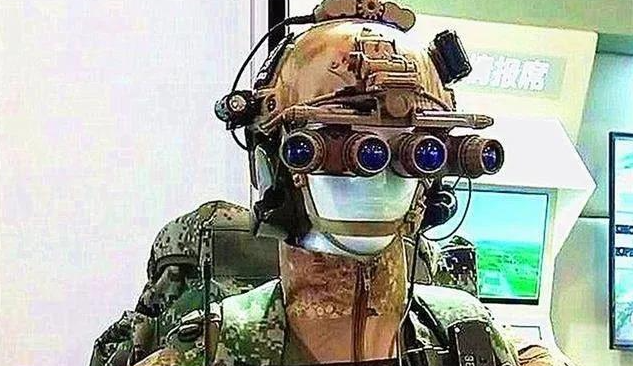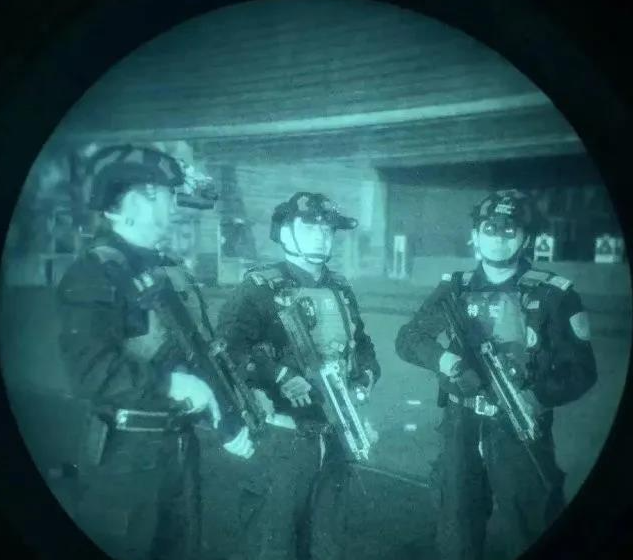Night vision goggles are devices that enhance light in the dark, allowing people to see clearly in low-light or no light conditions. They are mainly categorized into three types: low-light-level night vision goggles, active infrared night vision goggles, and thermal imaging goggles. They are widely used in military, security, outdoor exploration, and other fields.

Night vision refers to the ability to see in low light or even complete darkness. This technology works by amplifying the available light, including infrared light, which is invisible to the human eye. Night vision devices, such as goggles and cameras, use specialized sensors to detect and amplify these faint light signals, creating an enhanced image that allows users to see clearly in the dark.

Night Vision Goggles Functions
Weak Light Enhancement: Low-light-level night vision goggles use an image intensifier to amplify weak light (such as starlight or moonlight), making the image visible to the human eye.
Using Infrared: Infrared night vision goggles are divided into active and passive types. Active night vision goggles emit infrared light to illuminate the target and then receive the reflected infrared light to form an image; passive infrared night vision goggles use infrared light (also known as heat radiation) emitted by the object itself to form an image.All-Weather Operation: Thermal imaging goggles can operate in harsh environments such as complete darkness, smoke, rain, and snow, regardless of light intensity.Multiple Modes: Some advanced night vision goggles feature multiple imaging modes, such as night mode, day mode, and fog mode, to suit different environments and needs. Auxiliary Functions: Night vision devices also offer auxiliary functions such as photo taking, video recording, remote preview, image stabilization, and zoom, facilitating recording and observation.

Core Functions of Night Vision Devices
Weak light amplification uses a multiplier tube (PMT/MCP) to enhance the light source, achieving target illumination as low as 0.0001 lux (equivalent to a moonless, starry sky). Typical gain: 20,000-50,000x (Gen 3 level). Infrared auxiliary illumination, featuring a built-in 850nm near-infrared LED, provides covert fill light (invisible to the naked eye, but visible to some animals). Active infrared mode extends the range of use in complete darkness. Image enhancement and detail restoration provide a resolution of 45-72 lp/mm (line pairs/mm), enabling detailed resolution of faces and text. Automatic Brightness Control (ABC) prevents overexposure. Multispectral observation: Some advanced models support visible light and near-infrared fusion (such as the PVS-31A binoculars). Tactical auxiliary functions include integrated ballistic calculation (such as the AN/PVS-24 sniper scope). Digital interface (Wi-Fi/HDMI output).

Applications
Military: Night vision goggles are important auxiliary tools in military operations, used for reconnaissance, patrolling, and nighttime combat.
Security: Night vision goggles are widely used in security monitoring, border patrol, search and rescue, and other fields to enhance safety and security capabilities.
Outdoor Adventure: Night vision goggles help outdoor enthusiasts enjoy activities such as bird watching, hunting, and camping at night.
Firefighting: Infrared thermal imagers help firefighters locate fire sources in thick smoke and quickly extinguish them.Transportation: Night vision goggles assist drivers in driving safely at night or in inclement weather.
Scientific Research: Night vision technology can be applied in astronomical observation, medical research, and other fields.
Other: Night vision goggles are also used in wildlife observation and archaeological excavations.
For more information about night vision devices, please contact us via email: service@onick-optics.com or WhatsApp: +8618062115625


